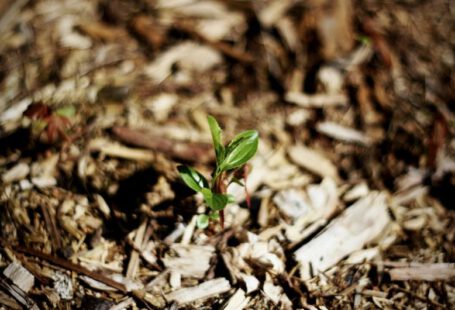**What Is Xeriscaping and How Does it Conserve Water?**
Xeriscaping is a landscaping method that has gained popularity in recent years due to its water-saving properties. By utilizing drought-tolerant plants and strategic design techniques, xeriscaping can significantly reduce water usage in outdoor spaces. This environmentally friendly approach to landscaping not only helps conserve water but also creates beautiful, sustainable landscapes that require minimal maintenance. Let’s delve deeper into what xeriscaping entails and how it can contribute to water conservation efforts.
**The Principles of Xeriscaping**
At the core of xeriscaping are seven basic principles that guide the design and implementation of water-efficient landscapes. These principles include proper planning and design, soil improvement, appropriate plant selection, efficient irrigation, mulching, practical turf areas, and ongoing maintenance. By following these principles, xeriscaping aims to create landscapes that are both visually appealing and environmentally sustainable.
**Drought-Tolerant Plant Selection**
One of the key aspects of xeriscaping is the selection of drought-tolerant plants that require minimal water to thrive. These plants are well-suited to arid climates and can withstand periods of drought without the need for frequent watering. By incorporating a variety of drought-tolerant plants into a xeriscape design, homeowners can create a diverse and resilient landscape that conserves water and reduces the reliance on irrigation systems.
**Efficient Irrigation Techniques**
In traditional landscaping, water is often wasted through inefficient irrigation methods such as overhead sprinklers or excessive watering. Xeriscaping promotes the use of efficient irrigation techniques such as drip irrigation, soaker hoses, and smart irrigation systems that deliver water directly to the roots of plants where it is needed most. By minimizing water runoff and evaporation, these techniques help conserve water and ensure that plants receive the right amount of moisture to thrive.
**Mulching for Water Conservation**
Mulching is another important component of xeriscaping that helps conserve water in the landscape. By applying a layer of organic mulch around plants and in garden beds, homeowners can reduce evaporation, suppress weed growth, and improve soil moisture retention. Mulch also helps regulate soil temperature, protecting plant roots from extreme heat and cold. Overall, mulching is a simple yet effective way to conserve water and promote healthy plant growth in a xeriscape garden.
**Reducing Turf Areas**
Traditional lawns are notorious for their high water requirements, especially in hot and dry climates. Xeriscaping advocates for the reduction of turf areas in favor of drought-tolerant ground covers, native grasses, and low-maintenance alternatives. By minimizing the amount of turf in the landscape, homeowners can significantly reduce water usage and maintenance costs while still enjoying a lush and green outdoor space.
**Maintenance and Long-Term Sustainability**
While xeriscaping requires less water and maintenance than traditional landscaping, it is essential to provide ongoing care to ensure the long-term sustainability of the landscape. Regular maintenance tasks such as weeding, pruning, and monitoring irrigation systems are crucial for the health and vitality of xeriscape plants. By staying proactive and attentive to the needs of the landscape, homeowners can continue to enjoy the water-saving benefits of xeriscaping for years to come.
**In Summary**
Xeriscaping offers a sustainable and water-efficient alternative to traditional landscaping practices. By incorporating drought-tolerant plants, efficient irrigation techniques, mulching, and reducing turf areas, homeowners can create beautiful and eco-friendly landscapes that conserve water and support the environment. With proper planning, design, and maintenance, xeriscaping can help address water scarcity issues and promote a more sustainable approach to outdoor living.





